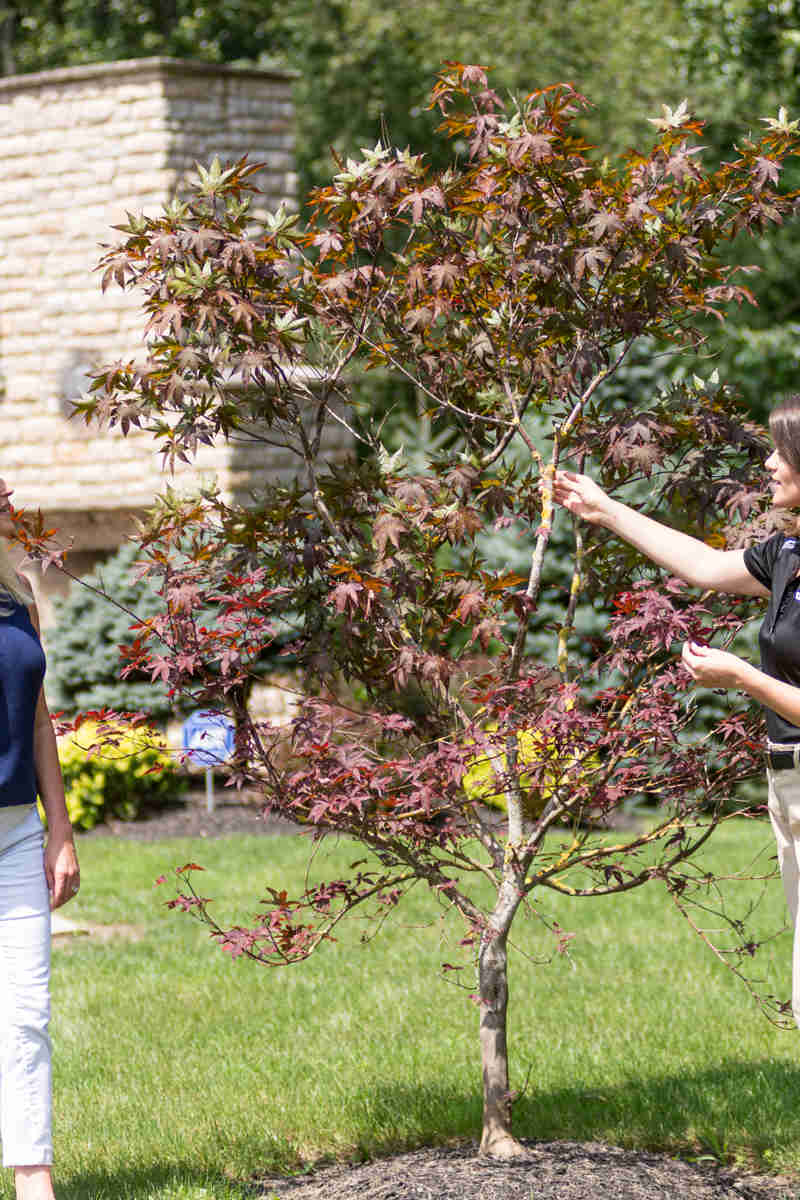Monilinia Brown Rot Description:
Brown rot is a common fungal disease that attacks trees with stone fruits. It infects flowers, fruits and branches, sometimes destroying entire crops.
Hosts:
This disease damages peaches, plums, almonds, apricots, sweet and sour cherries, pluots, plumcots, and nectarines. Most common species in North America are: M. laxa and M. fruticola (most common).
Biology & Symptoms:
Monilinia fungi first infect spring blossoms and then small branches. Cankers form, exude a gummy substance and may be covered with gray spores. Flower-bearing stems can die and dead flowers may remain on trees into the summer.
As infected fruits develop, spots appear and quickly spread. Rotting fruits shrivel and turn brown or black. Shriveled fruits, called mummies, may stay attached or drop. Brown rot overwinters and spores can be spread by wind, rain and insects. Occurence of this disease is highly weather dependent. High humidity or increased moisture leading to slow drying conditions increase incidence and severity of this disease.
Management:
In humid climates, both cultural and other controls may be needed to manage brown rot. Controls include:
- Planting resistant varieties
- Pruning out and discarding infected branches, ensuring removal of cankers
- Raking up and disposing of fruit mummies and other tree debris
- Pruning the tree canopy to improve air circulation and allow more light to penetrate
- Watering from below to avoid wetting flowers, leaves and fruits
- Thinning fruits so they do not touch and removing stunted fruits
- Carefully harvesting fruits to avoid injuries, so brown rot is less likely to occur during storage
- Harvesting all fruits so they do not rot on the tree and provide places for brown rot to overwinter
- Applying the proper fungicide for your region/type of tree you are growing during blossom and again leading up to harvest. Brown rot has developed resistance to some classes of fungicides, but alternating classes may help.
- Keeping your trees healthy and your growing site clean





